FLASHBACK • July 2023
How to recreate the first ever international passenger flight
Back on 25 August 1919, the British Aircraft Transport and Travel company – later to become British Airways – launched the world’s first daily scheduled flight between London and Paris. For the curious, here’s everything you would need to recreate this historic aviation event today…
The plane: a converted World War I bomber
First up, you’ll need a De Havilland bomber two-seater biplane (the DH4, specifically) from WWI. It’ll be made of wood and fitted with linen, topped with a four-blade wooden propeller. Inside: a makeshift cabin behind the pilot – more on him coming up – with some windows to take in the views. The bomber in question, which was converted by the British Aircraft Transport and Travel company for passenger use, could fly up to two passengers and cargo.
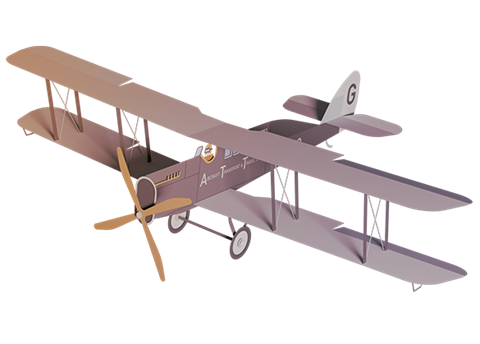
The pilot: RAF veteran Lieutenant EH ‘Bill’ Lawford
The flight ahead is a bumpy one, so an experienced aviator is essential. Luckily, Lieutenant Eardley H ‘Bill’ Lawford is our man. He learned to fly in 1913 at Hendon in a French cauldron biplane. Then he went on to join the Royal Flying Corps, where he spent the remainder of his service with units in England and France, making him aptly trained for this inaugural London to Paris route. He even has a cocktail named in his honour in the T5 lounge…

The passenger: a journalist from the Evening Standard
A historic occasion like this calls for a willing journalist from a top publication, specifically George Stevenson-Reece from the Evening Standard. The two-and-a-half-hour journey was on the front page with the no-nonsense headline of ‘To Paris and back by air’. And while the article recounted Lt Lawford’s “wave hopping” (a bumpy and low-level kind of flying), Stevenson-Reece seemingly brushed over the side-effects it had on his stomach, as it was reported afterwards that he’d been left feeling “extremely unwell”.
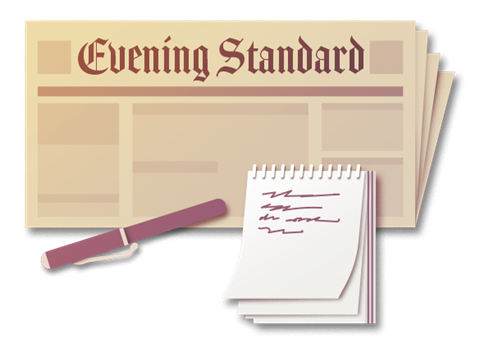
The fare: 20 guineas (or £21)
To get on the flight, you’ll need a ticket, and to get the ticket, you’ll need some cash. For this flight in 1919 you’re talking 20 guineas a pop, which is equivalent to £21. That may sound like a good deal, but bear in mind that £21 back in 1919 would work out at around £2,000 today. A century on, it is possible to make the same trip with an A320 in half the time – and for far less money.
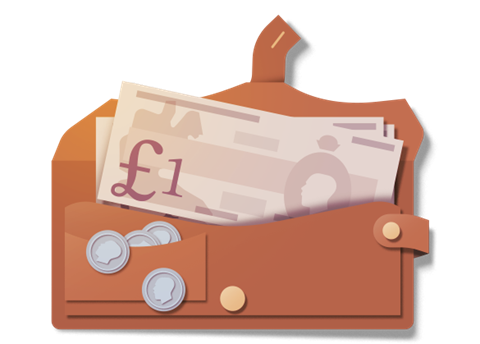
The cargo: an assortment of goods
Lastly, let’s grab some good old British cargo to deliver. On board this historic flight, we had a brace of grouse for the British ambassador Lord Derby, a heap of daily newspapers (we can only assume Stevenson-Reece brought some Evening Standard papers along, too), plus jars of jam, pots of Devonshire cream for a restaurant in Paris (the name of which is lost to history) and, finally, a consignment of leather sent by a London firm with business in the City of Love.

This article has been tagged BA, Technology
More from previous issues

Meet the person behind your Club cabin
Former Concorde engineer Mark Novell tells us how he helped mastermind our business class seat
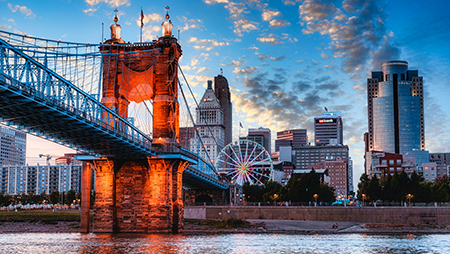
The flight diaries: Cincinnati, USA
We’re flying somewhere new this month, so we made sure an eagle-eyed Club correspondent was on board the first flight to report back
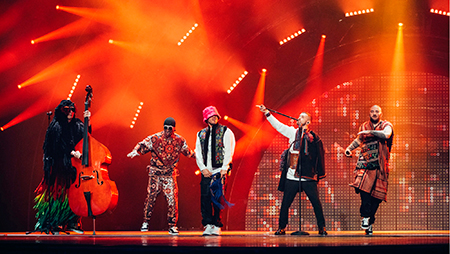
Can you guess the Eurovision host city by its airport?
If Europe’s most pop-tastic tournament has left you wanting more, take our quiz and match the contest’s cities with their celebrity airport names
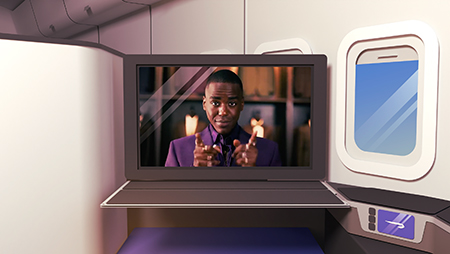
Behind the scenes of our new safety video
The Club meets those making their on-screen debut in our latest briefing to ask: what does it take to shoot a classic?